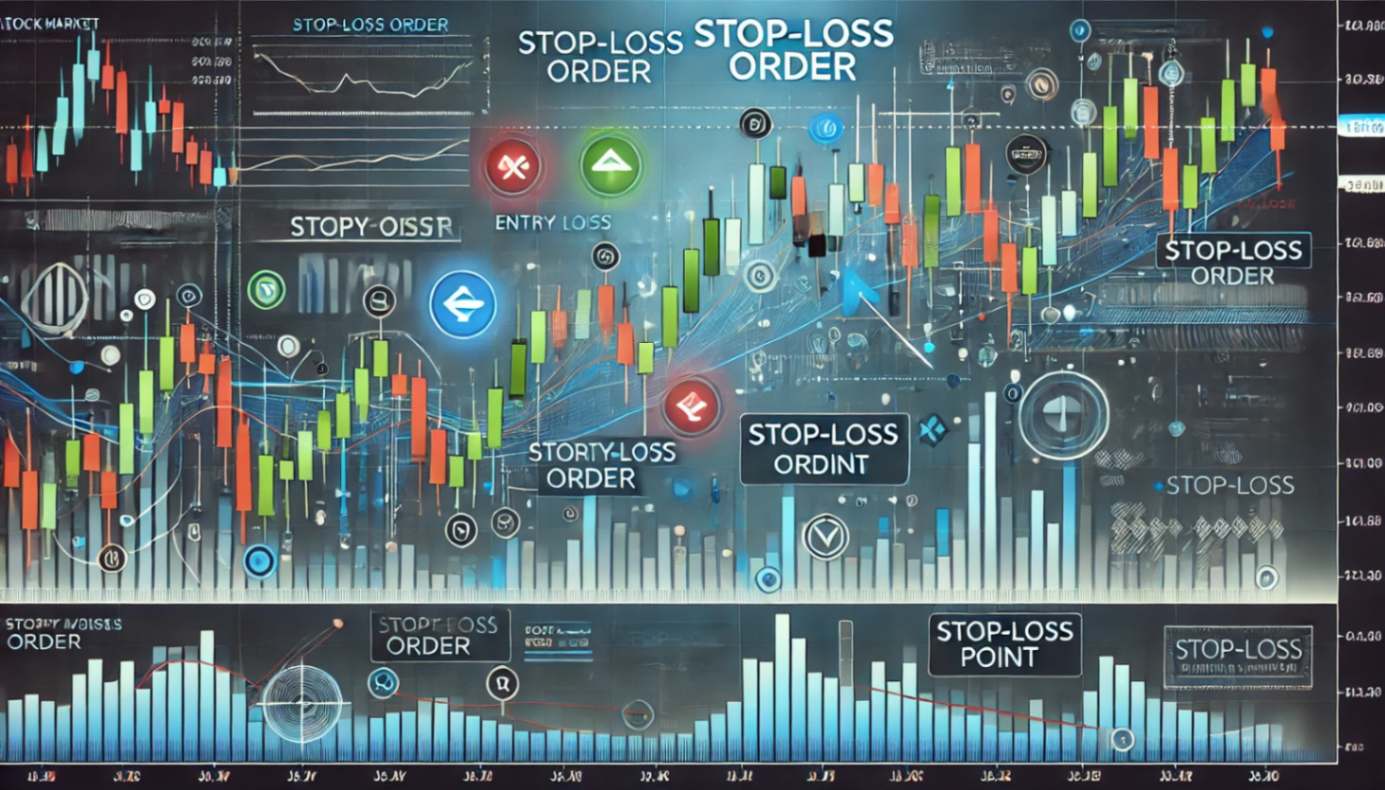Momentum trading isn’t about predicting the future; it’s about jumping on trends that are already happening. Sounds simple, right? Well, it’s a bit more complex than it seems. If you’ve ever wondered how to harness momentum in the forex market, you’re in the right place. In this article, we’ll dive deep into Forex trading strategies for momentum systems, offering you actionable tips to boost your returns.
What Is Momentum Trading in Forex?
Let’s start with the basics. Momentum trading is all about following the current trend until it shows signs of reversal. Picture yourself in a boat on a river—you don’t row against the current; you go with the flow. The same principle applies here. Instead of fighting the market, you ride the momentum, taking advantage of the market’s inertia.

Understanding Momentum
In simpler terms, momentum in forex refers to the speed at which prices move over a certain period. It’s the market’s way of showing you where the energy is—where the buyers or sellers are pushing prices up or down rapidly. If you can identify this momentum early, you can jump in and ride the wave for as long as it lasts.
Why Momentum Trading Works
Momentum trading works because it’s based on human behavior. Traders tend to follow trends. When they see prices rising, they jump in, pushing prices even higher. The same goes for falling prices. This self-fulfilling prophecy keeps momentum going, and if you can catch it at the right time, you can profit from it.
Key Indicators for Momentum Trading
Knowing that momentum exists is one thing, but how do you spot it? That’s where indicators come in. These tools help you identify when a trend is gaining speed or losing steam. Here are some key indicators you should keep on your radar.

1. Moving Averages (MA)
Moving averages are like the bread and butter of momentum trading. They smooth out price data to help you identify trends over a specific period. The most common types are the Simple Moving Average (SMA) and the Exponential Moving Average (EMA).
- SMA: It’s the average price over a set number of periods. While it’s simple, it might not react quickly to changes.
- EMA: This one gives more weight to recent prices, making it more responsive to current market conditions.
2. Relative Strength Index (RSI)
The RSI is a momentum oscillator that measures the speed and change of price movements. It ranges from 0 to 100. An RSI above 70 is often considered overbought (a potential sell signal), while an RSI below 30 is seen as oversold (a potential buy signal). But beware—RSI isn’t foolproof. It can stay overbought or oversold for a long time in strong trends.
3. Moving Average Convergence Divergence (MACD)
The MACD is a bit more complex, but it’s incredibly powerful. It’s a trend-following momentum indicator that shows the relationship between two moving averages of a security’s price. When the MACD crosses above the signal line, it’s a bullish signal. When it crosses below, it’s bearish.
4. Stochastic Oscillator
This indicator compares a particular closing price of a security to a range of its prices over a certain period. Like the RSI, the stochastic oscillator ranges from 0 to 100, with readings above 80 indicating an overbought condition and below 20 indicating an oversold condition.

Building a Momentum Trading Strategy
Now that you know what momentum trading is and the key indicators to watch, it’s time to build your strategy. But don’t just throw everything together haphazardly—successful trading strategies are like a well-baked cake. If you don’t follow the recipe, you’re bound to get a mess.
1. Identify the Trend
Your first job as a momentum trader is to identify the trend. This is where moving averages come into play. For instance, if the 50-day moving average is above the 200-day moving average, you’re in an uptrend. The opposite is true for a downtrend.
2. Confirm with Indicators
Once you’ve identified a trend, use other indicators like RSI, MACD, or the stochastic oscillator to confirm the momentum. Are these indicators aligning with the trend you’ve identified? If they are, you’ve got a potential trade setup on your hands.
3. Timing Your Entry
Timing is everything in momentum trading. Enter too early, and you might catch a false signal. Enter too late, and the trend might be losing steam. The key is to wait for confirmation from your indicators. For example, if the MACD crosses above the signal line in an uptrend, that’s a good entry point.

4. Set Your Stop-Loss
Momentum trading can be profitable, but it’s also risky. Trends can reverse quickly, leaving you with losses if you’re not careful. That’s why setting a stop-loss is crucial. A common strategy is to place your stop-loss just below the most recent low in an uptrend or above the most recent high in a downtrend.
5. Ride the Trend
Once you’re in the trade, your job is to ride the trend for as long as possible. But don’t get greedy—markets can turn on a dime. Use trailing stops to lock in profits as the trend progresses.
6. Exit Strategy
Knowing when to exit is just as important as knowing when to enter. Don’t wait for the trend to reverse entirely before closing your position. Use your indicators to spot early signs of a trend reversal. For example, if the RSI starts moving down from overbought levels, it might be time to get out.
Common Pitfalls in Momentum Trading
Momentum trading can be highly profitable, but it’s not without its pitfalls. Here are some common mistakes to avoid.
1. Ignoring the Bigger Picture
It’s easy to get caught up in short-term momentum and forget about the broader market context. Always keep an eye on major economic news and global events that could impact the markets.

2. Overtrading
Momentum trading can be exciting, especially when you’re on a winning streak. But don’t let that excitement lead you to overtrade. Stick to your strategy and avoid jumping into trades just because you “feel” the market will move a certain way.
3. Poor Risk Management
Risk management is the cornerstone of successful trading. Without it, you’re just gambling. Always set your stop-loss and never risk more than a small percentage of your capital on a single trade.
4. Chasing Trends
Chasing a trend after it’s already well-established is a surefire way to get burned. The earlier you can identify momentum, the better. If you’re late to the party, it’s often better to wait for the next opportunity.
5. Letting Emotions Take Over
Trading is as much a mental game as it is a technical one. Fear and greed can cloud your judgment, leading to poor decisions. Stick to your plan and don’t let emotions dictate your actions.

How to Manage Risks in Momentum Trading
Momentum trading is risky, but with the right risk management strategies, you can protect your capital and maximize your profits. Here’s how to manage risks effectively.
1. Use Stop-Loss Orders
We’ve mentioned stop-loss orders before, but it’s worth repeating. A stop-loss order is your first line of defense against major losses. Set it at a level that gives your trade room to breathe but also protects you if the market turns against you.
2. Position Sizing
Position sizing is crucial in managing risk. Never put all your eggs in one basket. Instead, diversify your trades and never risk more than a small percentage of your total capital on any single trade. A common rule of thumb is to risk no more than 1-2% of your account balance on each trade.
3. Diversify Your Portfolio
Don’t put all your trading capital into a single currency pair. Diversify your portfolio by trading different pairs and even different asset classes if possible. This way, you’re not overly exposed to the risk of a single market movement.

4. Regularly Review and Adjust Your Strategy
The forex market is constantly changing, and what works today might not work tomorrow. Regularly review your trading strategy and make adjustments as needed. If you notice that a particular indicator or strategy isn’t working as well as it used to, don’t be afraid to tweak it or try something new.
5. Keep Emotions in Check
As mentioned earlier, emotions can be your worst enemy in trading. Stick to your plan, and don’t let fear or greed drive your decisions. If you find yourself getting overly emotional, it might be a good idea to step away from the market for a while.
The Role of Technology in Momentum Trading
Technology plays a significant role in modern momentum trading. With the advent of advanced trading platforms and tools, traders now have access to real-time data and sophisticated algorithms that can help them make more informed decisions.
1. Trading Platforms
A good trading platform is essential for momentum trading. Look for a platform that offers real-time data, advanced charting tools, and fast execution speeds. The ability to backtest your strategies on historical data is also a plus.

2. Automated Trading Systems
Automated trading systems, also known as trading bots, can execute trades on your behalf based on pre-set parameters. These systems are particularly useful for momentum trading because they can react to market changes much faster than a human trader.
3. Mobile Trading
In today’s fast-paced world, being able to trade on the go is a huge advantage. Most major trading platforms now offer mobile apps that allow you to monitor the market, execute trades, and manage your portfolio from your smartphone.
4. Trading Signals
Trading signals are another useful tool for momentum traders. These signals, generated by algorithms or professional traders, alert you to potential trading opportunities. While they shouldn’t be relied on exclusively, they can be a helpful addition to your trading toolkit.
Case Studies: Successful Momentum Trading Examples
Learning from real-world examples can provide valuable insights into momentum trading. Let’s look at a couple of case studies where traders successfully employed momentum strategies to achieve significant returns.

1. The 2008 Financial Crisis
During the 2008 financial crisis, the forex market experienced extreme volatility, with certain currency pairs exhibiting strong momentum. Traders who were able to identify and ride the momentum in safe-haven currencies like the Japanese Yen and Swiss Franc were able to achieve substantial profits.
2. Brexit Referendum (2016)
The Brexit referendum in 2016 caused significant turmoil in the forex market. However, savvy momentum traders who identified the trend of the British Pound’s decline were able to capitalize on the momentum and make profitable trades as the currency plummeted.
The Psychology Behind Momentum Trading
Understanding the psychology behind momentum trading is crucial for long-term success. The market is driven by the collective emotions of its participants—fear, greed, optimism, and pessimism all play a role in how momentum is formed and sustained.
1. Herd Mentality
Herd mentality refers to the tendency of individuals to follow the actions of a larger group. In trading, this can lead to momentum as traders collectively drive prices up or down. Understanding this behavior can help you anticipate when momentum is likely to continue or reverse.

2. Fear of Missing Out (FOMO)
FOMO is a powerful emotion that can lead traders to jump into trades too late, just as the momentum is about to reverse. Recognizing FOMO in yourself can help you avoid costly mistakes and stick to your trading plan.
3. Overconfidence
Overconfidence is another psychological pitfall. Just because you’ve had a few successful trades doesn’t mean you’re invincible. Overconfidence can lead to excessive risk-taking and, ultimately, significant losses. Always stay humble and stick to your strategy.
Conclusion
Momentum trading in forex can be a highly effective strategy when executed correctly. It’s all about identifying trends, using the right indicators, and managing your risk. But it’s not without its challenges. The market is unpredictable, and even the best-laid plans can go awry. However, with a solid strategy, the right tools, and the discipline to stick to your plan, you can increase your chances of achieving higher returns.
FAQs
1. What is the best indicator for momentum trading?
There isn’t a one-size-fits-all answer. Indicators like the MACD, RSI, and moving averages are popular choices, but the best one depends on your trading style and the specific market conditions.
2. Can I use momentum trading for long-term investments?
Momentum trading is generally more suited for short- to medium-term trades. Long-term investors might find it less effective due to the natural ebb and flow of market trends over time.
3. How do I avoid false signals in momentum trading?
To avoid false signals, use multiple indicators to confirm momentum and always wait for a clear trend to establish itself before entering a trade.
4. Is momentum trading suitable for beginners?
While momentum trading can be profitable, it’s also risky and requires a solid understanding of the market. Beginners might find it challenging, but with practice and education, it’s certainly doable.
5. What role does emotion play in momentum trading?
Emotions like fear and greed can heavily influence trading decisions, often leading to mistakes. Keeping emotions in check and sticking to your strategy is crucial for success in momentum trading.
